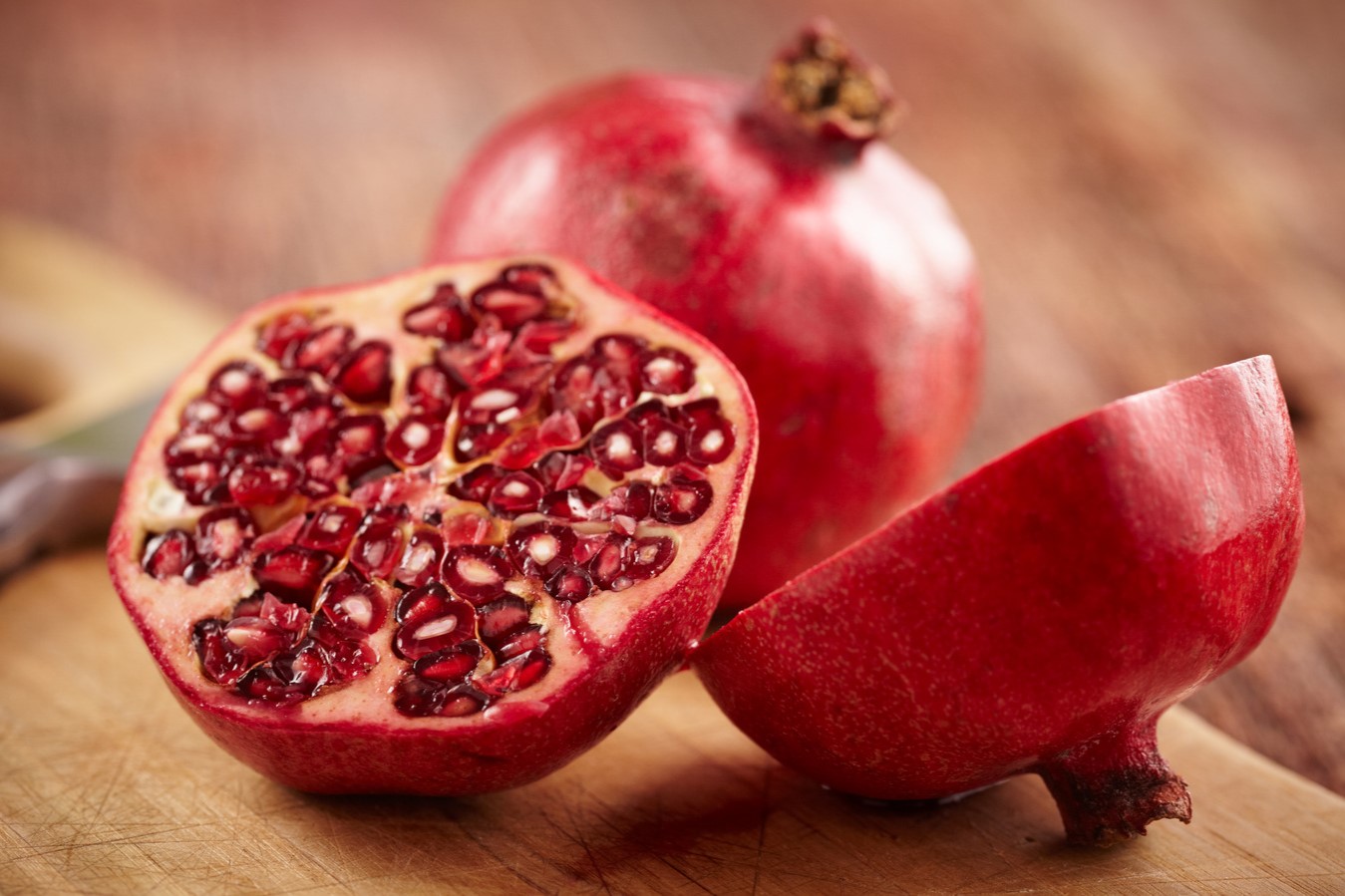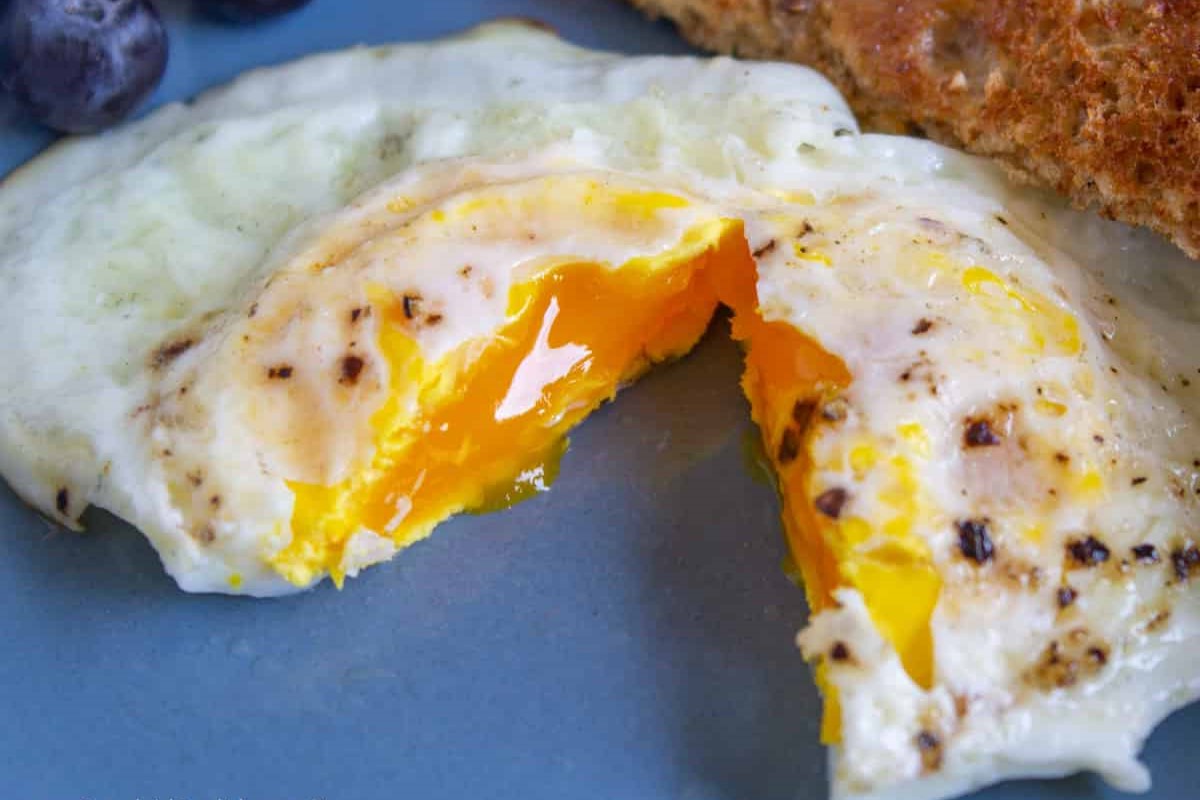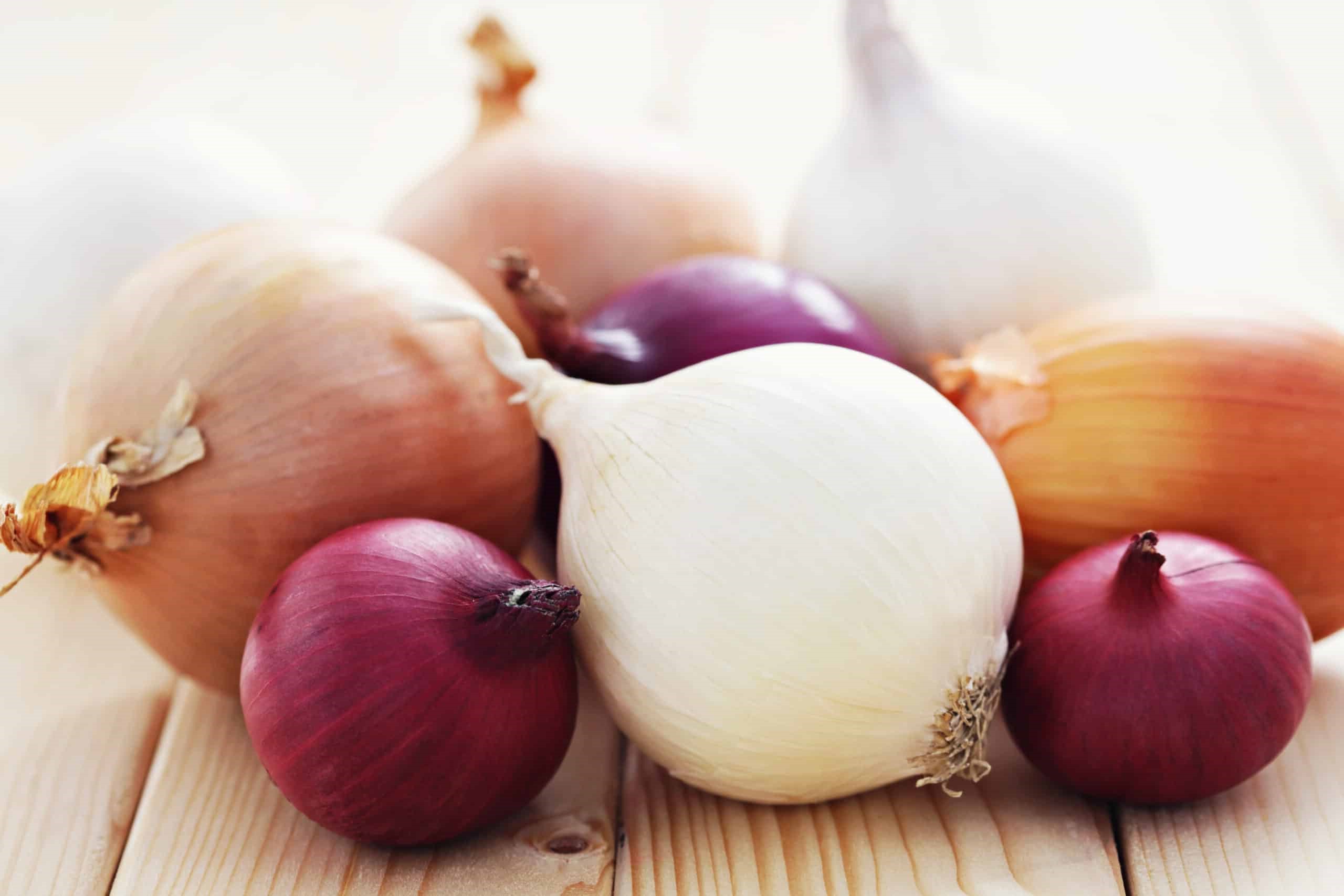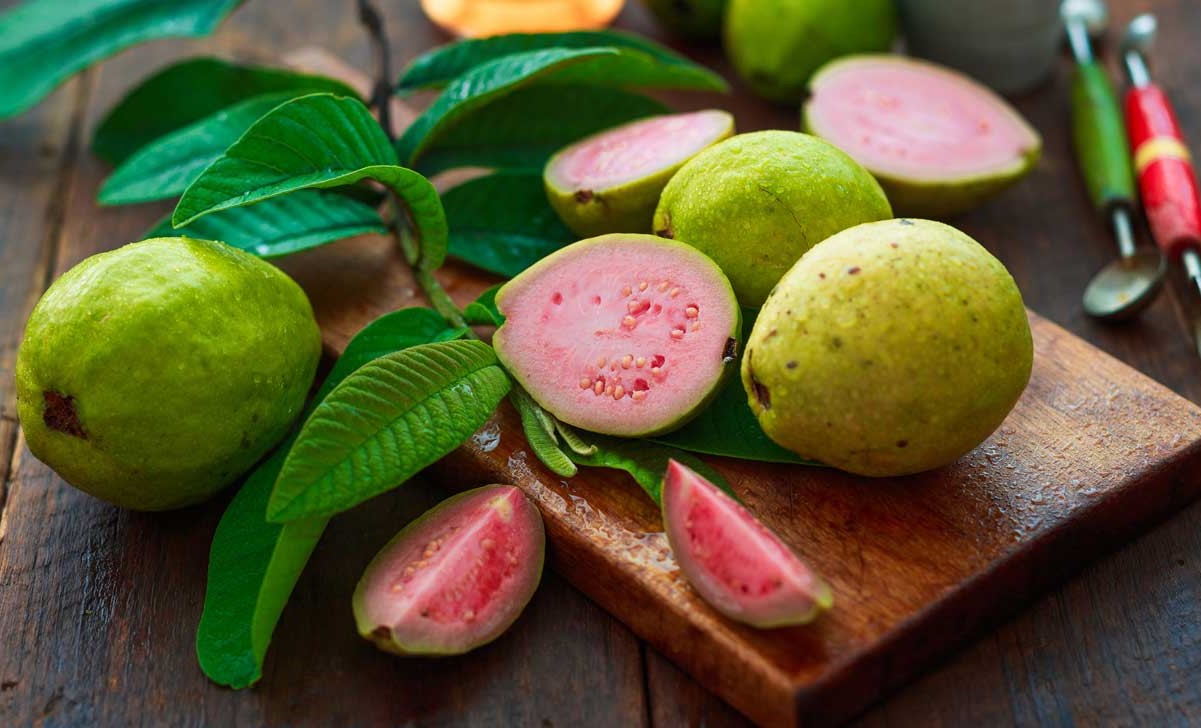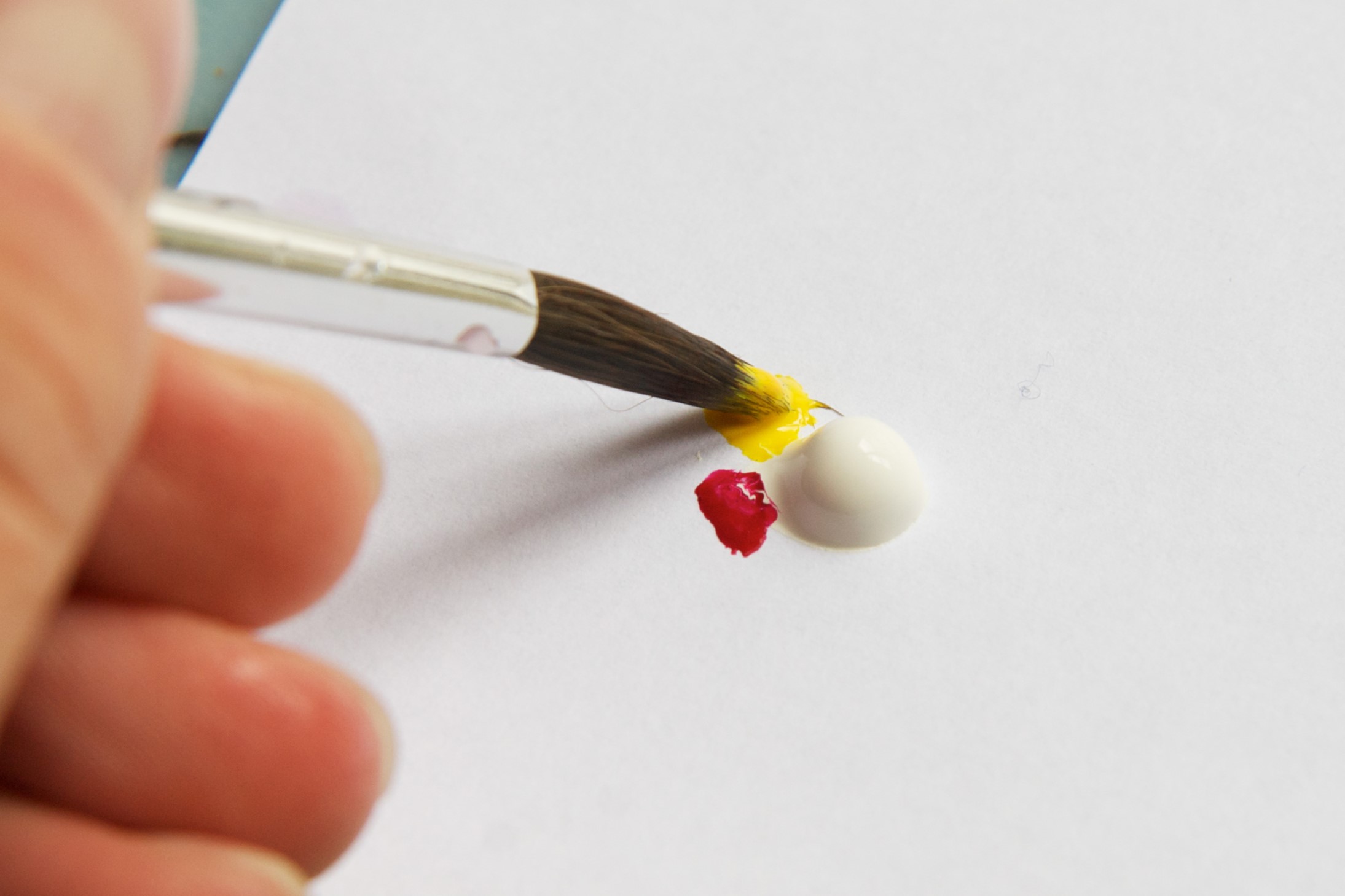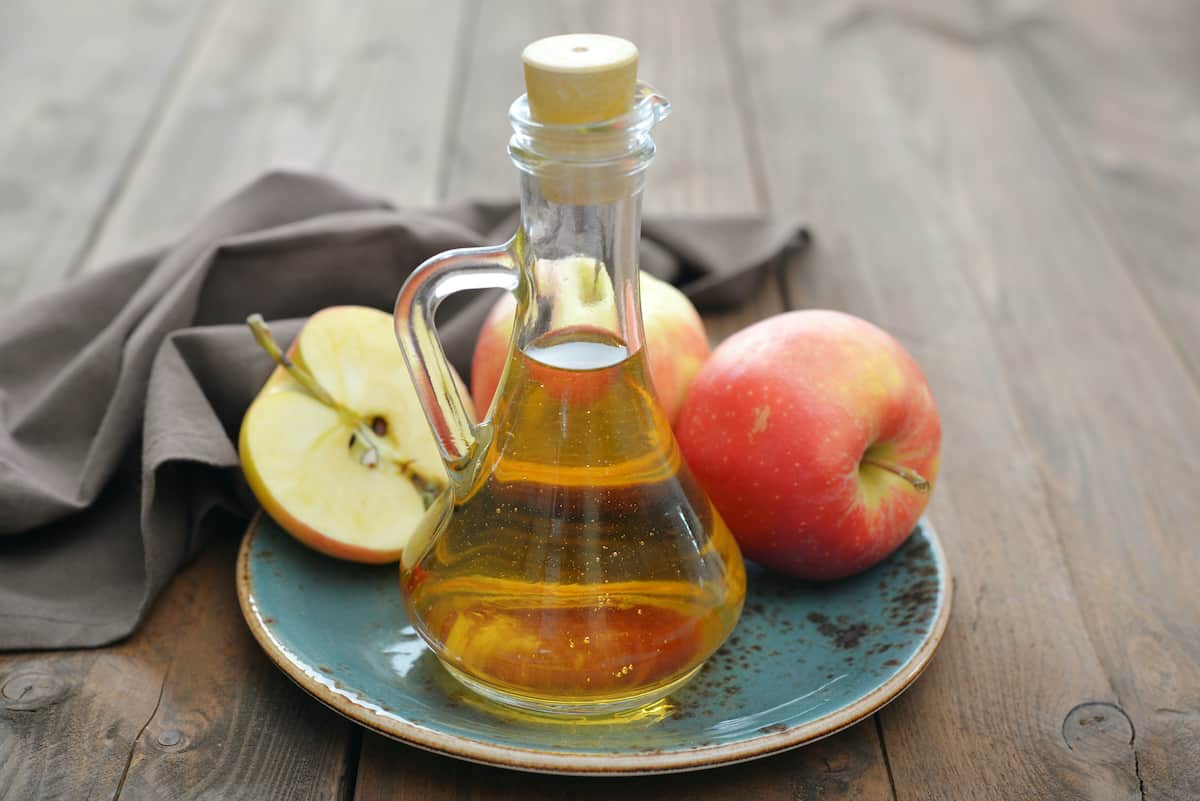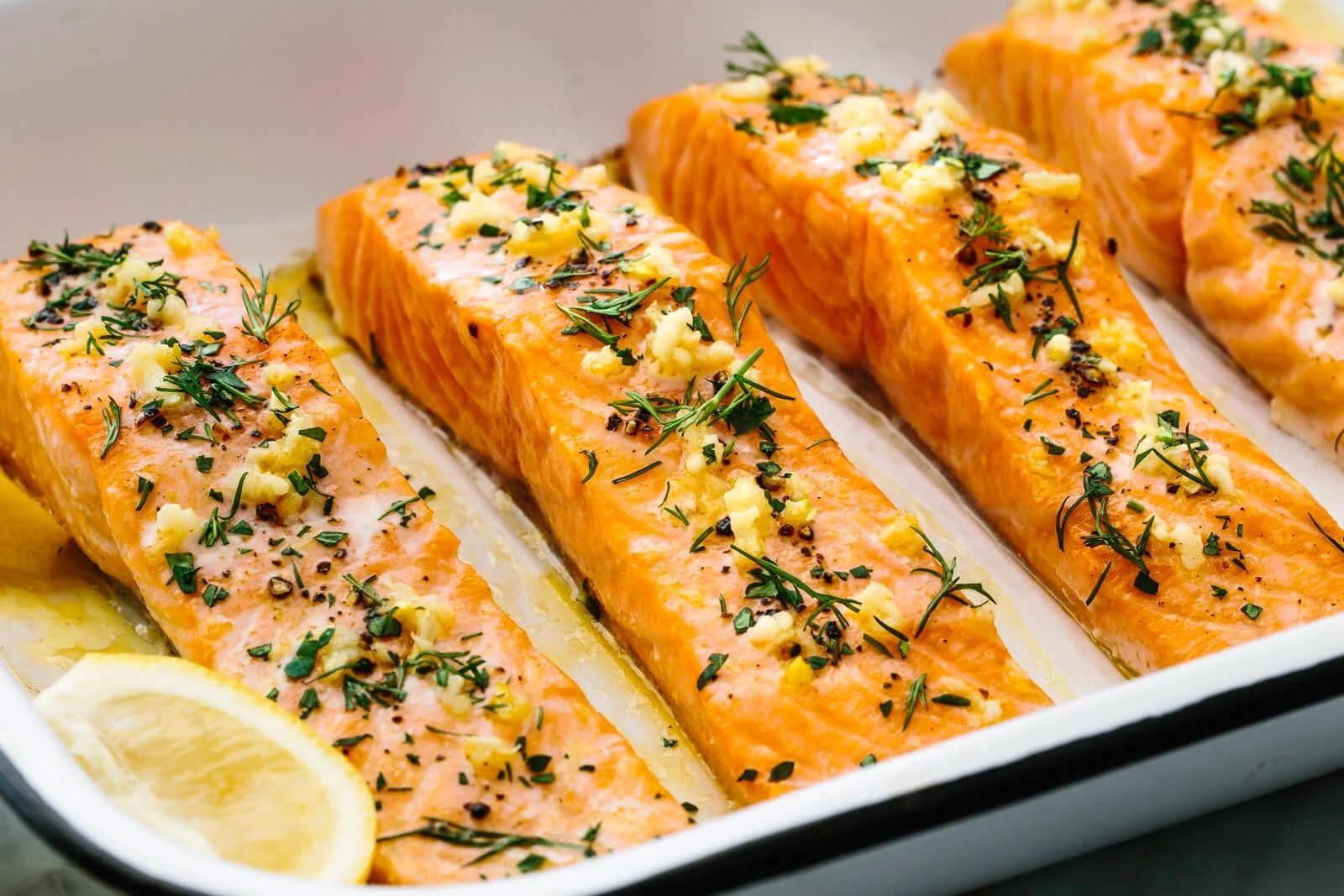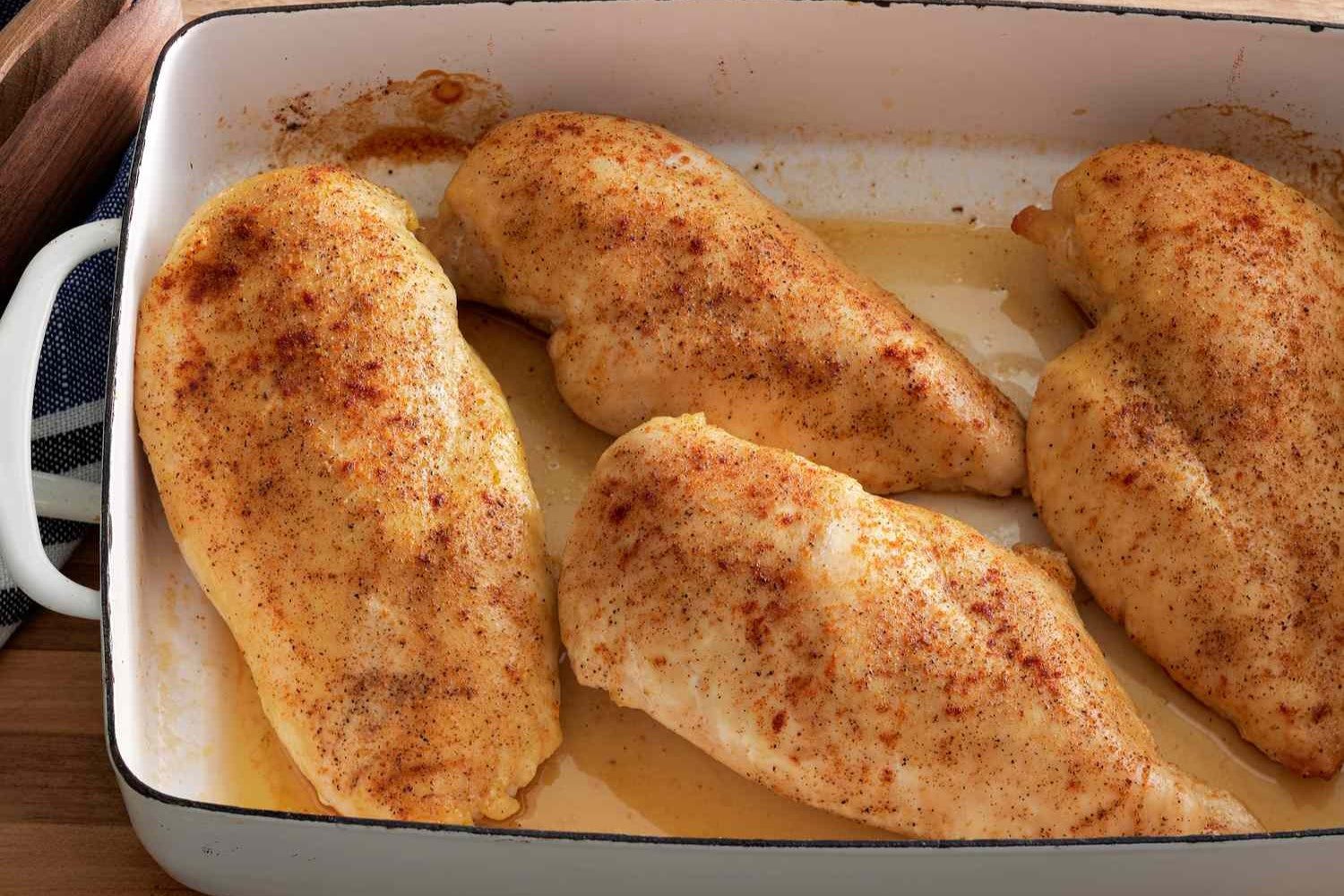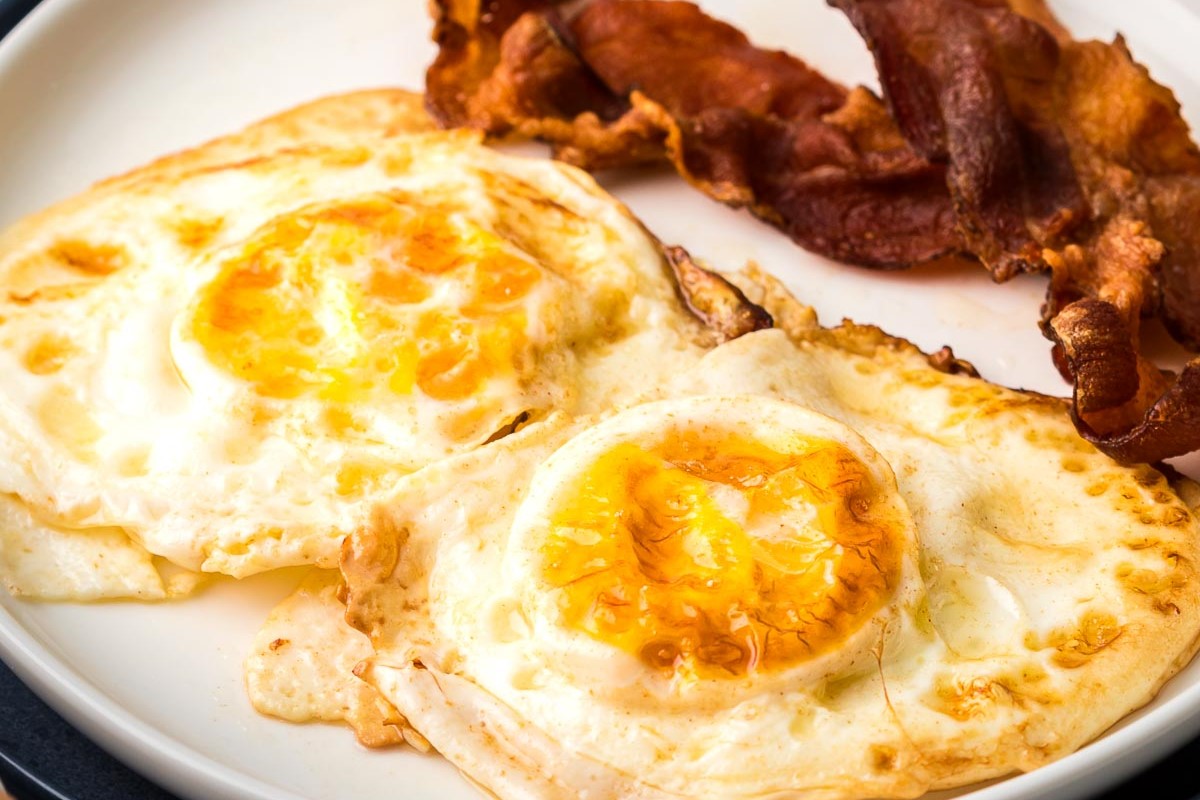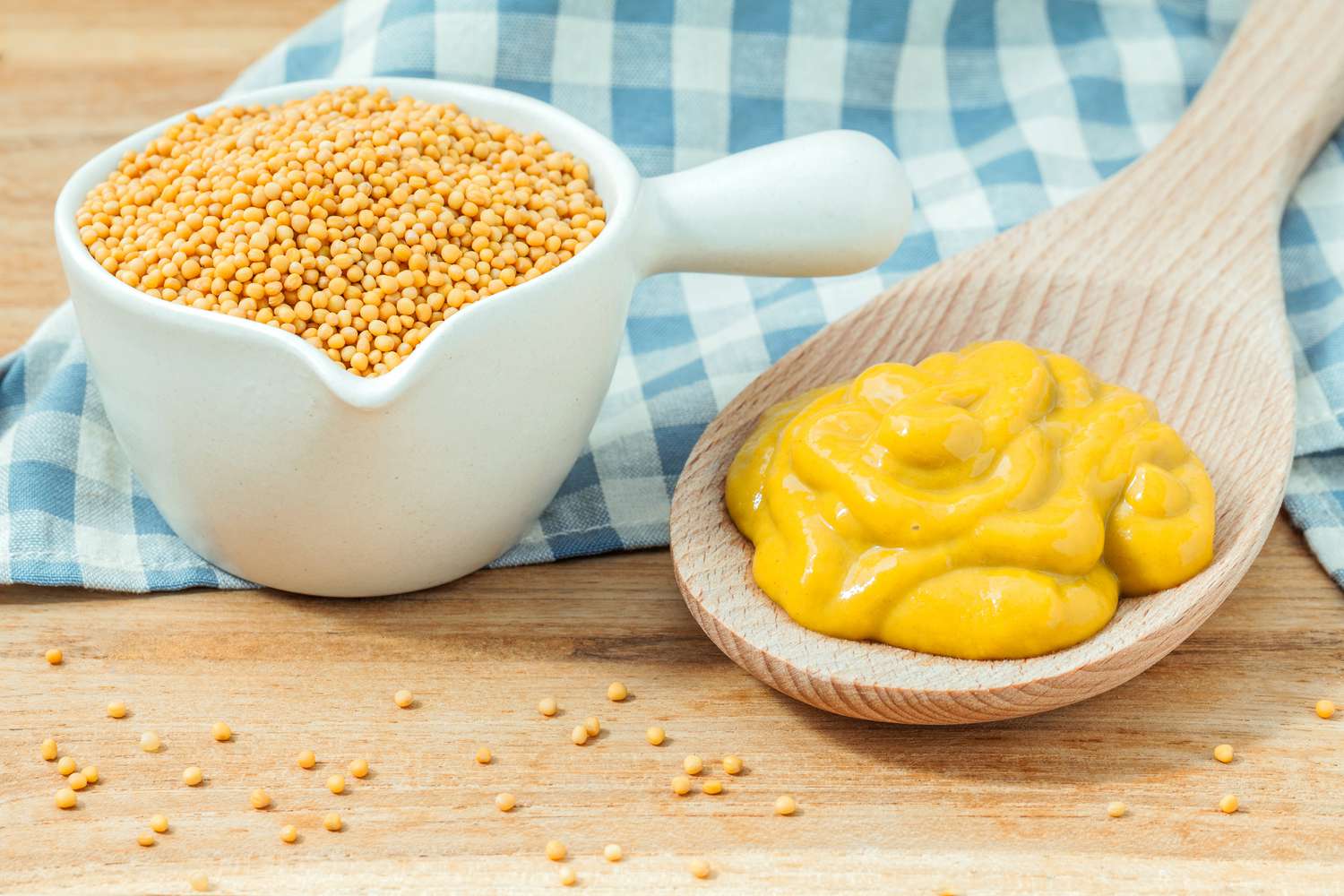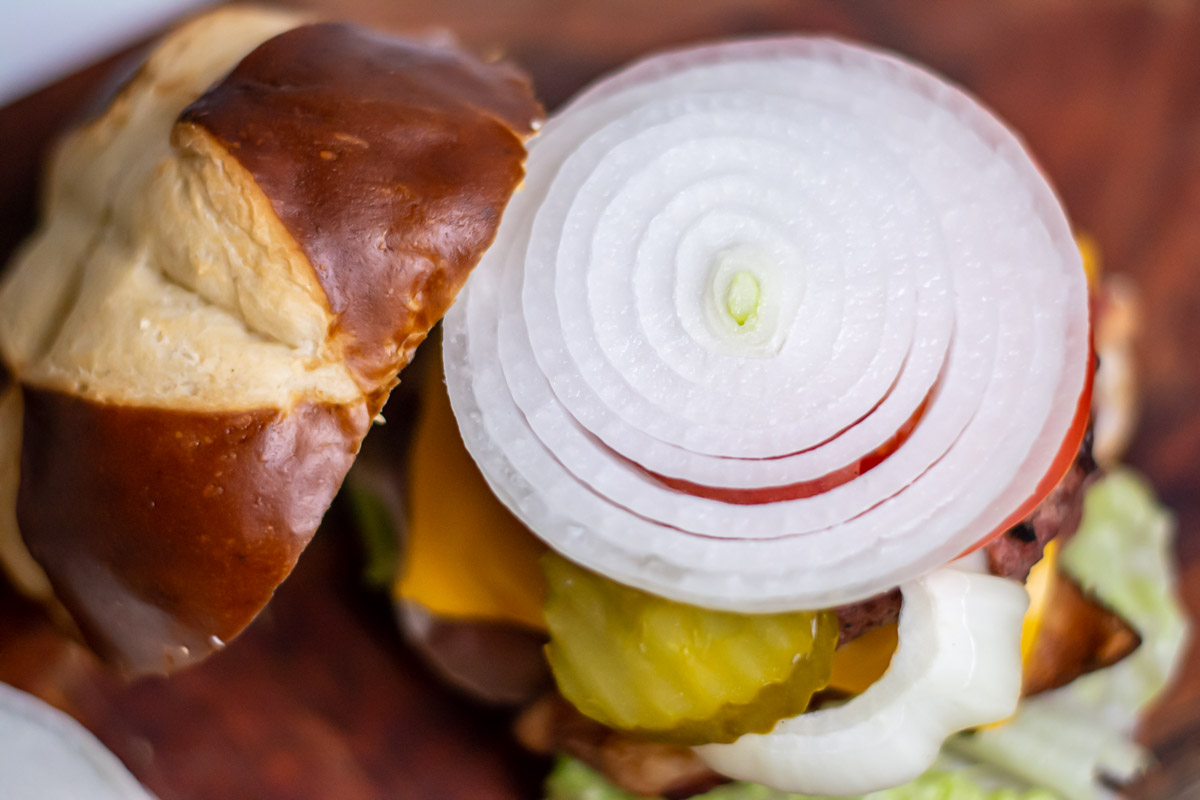Home>Food and Cooking>How To Determine When Pasta Is Cooked To Perfection
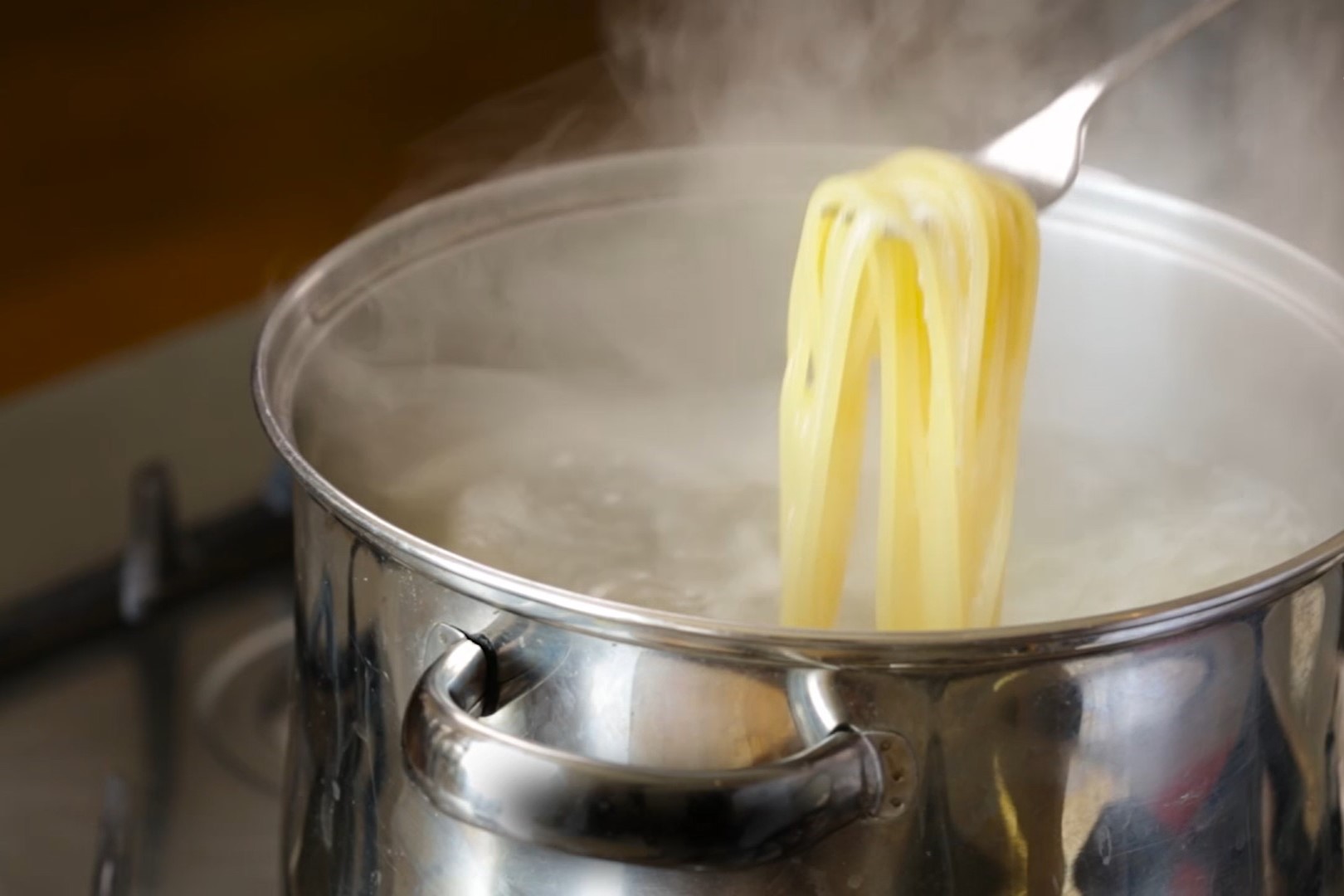

Food and Cooking
How To Determine When Pasta Is Cooked To Perfection
Published: February 29, 2024
Learn how to determine the perfect doneness of pasta with our expert cooking tips. Master the art of cooking pasta to perfection with our comprehensive guide. Ideal for food and cooking enthusiasts.
(Many of the links in this article redirect to a specific reviewed product. Your purchase of these products through affiliate links helps to generate commission for Noodls.com, at no extra cost. Learn more)
Table of Contents
Introduction
Cooking pasta to perfection is an art form that requires a keen eye, a discerning palate, and a touch of culinary finesse. Whether you're a novice in the kitchen or a seasoned home chef, mastering the art of cooking pasta to the ideal texture and flavor is a skill worth honing. The satisfaction of serving a plate of perfectly cooked pasta, al dente and bursting with flavor, is unparalleled.
In this comprehensive guide, we will delve into the various methods and techniques for determining when pasta is cooked to perfection. From visual cues to texture and taste indicators, we will explore the nuances of achieving the ideal doneness for different types of pasta. Additionally, we will discuss the use of timers as a reliable tool for ensuring that your pasta is cooked just right, as well as alternative methods for testing pasta doneness without relying solely on taste.
Whether you're preparing a classic spaghetti dish, a creamy fettuccine Alfredo, or a hearty penne arrabbiata, understanding the nuances of pasta doneness will elevate your culinary prowess and delight the palates of your diners. So, let's embark on this flavorful journey and unravel the secrets to cooking pasta to perfection.
Read more: How To Determine When A Dragon Fruit Is Ripe
Visual cues for determining pasta doneness
Visual cues play a crucial role in determining the doneness of pasta. As pasta cooks, it undergoes a remarkable transformation, and paying attention to its appearance can provide valuable insights into its readiness. Here are some visual cues to consider when determining pasta doneness:
-
Color Change: One of the primary visual indicators of pasta doneness is a change in color. Most dried pasta varieties, such as spaghetti, penne, or fusilli, lighten in color as they cook. The shift from a pale, opaque appearance to a slightly translucent or ivory hue signifies that the pasta is nearing readiness. However, it's essential to rely on this cue in conjunction with other methods, as overcooked pasta can also exhibit a similar color change.
-
Texture Alteration: Observing the texture of the pasta is equally important. As pasta cooks, it gradually softens and becomes more pliable. When gently pressed between the fingers or against the side of the pot, properly cooked pasta should yield a slight resistance while still maintaining a tender bite. This visual and tactile assessment aids in gauging the pasta's progress towards achieving the desired al dente texture.
-
Surface Bubbles: Another visual cue is the presence of surface bubbles. When pasta is added to boiling water, it releases starch, creating a foam or bubbles on the surface. As the pasta nears doneness, these bubbles tend to diminish, indicating that the starches have been released and the pasta is approaching the ideal texture.
-
Slight Swelling: Additionally, observing the slight swelling of the pasta is a subtle yet significant visual cue. As pasta cooks, it absorbs water and expands in size. This expansion is indicative of the pasta reaching its optimal state of doneness. However, it's essential to monitor this cue alongside other visual and tactile indicators to ensure accuracy.
By paying close attention to these visual cues, you can develop a keen sense of pasta doneness, allowing you to achieve consistently perfect results with your pasta dishes. These cues, when combined with other methods of assessment, form a comprehensive approach to determining the ideal doneness of pasta, ensuring a delightful dining experience for you and your guests.
Texture and taste indicators of perfectly cooked pasta
The texture and taste of pasta are paramount in determining its doneness and overall culinary appeal. Achieving the perfect balance between firmness and tenderness, known as al dente, is a hallmark of expertly cooked pasta. When it comes to texture and taste indicators, several key elements come into play, guiding the discerning cook toward pasta perfection.
Texture:
-
Firm yet Tender Bite: The hallmark of al dente pasta is its ability to offer a firm yet tender bite. When properly cooked, the pasta should retain a slight resistance to the teeth while still being tender and yielding. This delicate balance ensures a satisfying textural experience, allowing the pasta to hold its shape while offering a pleasant chewiness.
-
Uniform Consistency: Another crucial texture indicator is the uniform consistency of the pasta. Each strand or piece should exhibit a consistent texture throughout, devoid of any raw or excessively soft areas. This uniformity ensures that the pasta is cooked evenly, contributing to its overall palatability.
-
Absence of Starchiness: Perfectly cooked pasta should be free from excessive starchiness. When bitten into, the pasta should not impart a gummy or overly sticky sensation. Instead, it should showcase a clean, well-defined texture, with the individual strands or shapes distinct and separate from one another.
Taste:
-
Subtle Wheaty Flavor: The taste of perfectly cooked pasta is characterized by a subtle, wheaty flavor that is indicative of its optimal doneness. This delicate taste profile reflects the pasta's ability to absorb the flavors of accompanying sauces while retaining its inherent essence.
-
Balanced Saltiness: The taste of pasta should also exhibit a balanced level of saltiness, complementing the overall flavor profile of the dish. Properly salted pasta enhances the dining experience, harmonizing with the flavors of the sauce and other ingredients.
-
Absence of Raw Flour Taste: A key taste indicator of well-cooked pasta is the absence of any raw flour taste. When sampled, the pasta should not impart a raw or undercooked flavor, signifying that it has been cooked to perfection.
By honing your awareness of these texture and taste indicators, you can elevate your pasta-cooking prowess, ensuring that each dish embodies the hallmark qualities of al dente perfection. These indicators, when combined with visual cues and other assessment methods, empower you to consistently deliver pasta dishes that captivate the senses and delight the palate.
Using a timer to ensure pasta is cooked just right
In the realm of culinary precision, the use of a timer serves as a dependable ally in the quest for achieving perfectly cooked pasta. While the art of pasta-making often embraces intuition and sensory acumen, the strategic incorporation of a timer introduces an element of systematic control, enhancing the reliability and consistency of the cooking process.
The utilization of a timer begins with the initial immersion of pasta into vigorously boiling water. As the pasta embarks on its culinary journey, the timer becomes a steadfast companion, marking the passage of time with precision. Different pasta varieties necessitate varying cooking durations, and the timer acts as a vigilant sentinel, ensuring that each type of pasta is allotted the appropriate duration to reach its optimal state of doneness.
For instance, delicate pasta shapes such as angel hair or vermicelli may require a brief cooking time of 2 to 3 minutes to achieve al dente perfection, while heartier varieties like rigatoni or farfalle may demand 10 to 12 minutes to attain the ideal texture. By setting the timer according to the specific cooking instructions for the chosen pasta, the cook can orchestrate a harmonious symphony of timing and technique, culminating in a flawless culinary composition.
The timer also serves as a safeguard against overcooking, a culinary pitfall that can compromise the integrity of the pasta. By adhering to the prescribed cooking duration and promptly heeding the timer's alert, the cook averts the risk of inadvertently subjecting the pasta to excessive heat, thereby preserving its desired al dente texture and preventing it from veering into a state of mushiness.
Moreover, the timer facilitates multitasking in the kitchen, allowing the cook to allocate attention to other facets of meal preparation while remaining assured that the pasta is progressing towards perfection. Whether attending to the creation of a delectable sauce, coordinating the timing of complementary dishes, or tending to culinary nuances elsewhere, the timer affords the cook the freedom to orchestrate a seamless culinary ensemble.
In essence, the strategic deployment of a timer in the pasta-cooking process embodies the marriage of precision and artistry, harmonizing the scientific rigor of timekeeping with the sensory finesse of culinary intuition. By integrating the timer into the culinary repertoire, the cook navigates the realm of pasta perfection with confidence, precision, and a touch of gastronomic finesse.
Testing pasta for doneness without tasting
In the culinary realm, the ability to assess pasta doneness without relying solely on taste represents a valuable skill that empowers cooks to achieve consistent and precise results. While tasting the pasta remains a primary method for gauging its readiness, alternative techniques can serve as reliable indicators of doneness, offering insights into the pasta's texture and ensuring a delightful dining experience.
Visual Inspection
Visual inspection serves as a fundamental approach to evaluating pasta doneness without the need for tasting. Observing the physical characteristics of the pasta, such as its color, texture, and size, provides valuable cues regarding its readiness. As the pasta cooks, it undergoes discernible changes in appearance, transitioning from a firm, opaque state to a more translucent and pliable texture. Additionally, the size of the pasta may exhibit a slight expansion, indicating its absorption of water and progression towards optimal doneness. By closely monitoring these visual cues, cooks can develop a keen sense of the pasta's readiness, allowing them to intervene at the precise moment to achieve al dente perfection.
Texture Assessment
Assessing the texture of the pasta through tactile means offers an effective method for determining doneness without relying on taste. By gently pressing a piece of pasta between the fingers or against the side of the pot, cooks can gauge its firmness and tenderness. Properly cooked pasta should offer a slight resistance while still maintaining a tender bite, indicative of its al dente state. This tactile assessment, when combined with visual cues, provides a comprehensive approach to evaluating the pasta's readiness, enabling cooks to make informed decisions regarding its cooking duration.
Read more: How To Determine When Riolu Evolves
Fork Test
The fork test, a widely employed technique in the culinary world, involves using a fork to extract a piece of pasta from the boiling water and pressing it against a flat surface, such as a cutting board or the side of a pot. When the pasta is ready, it should yield to the pressure of the fork while still retaining a firmness that prevents it from disintegrating. This method allows cooks to assess the pasta's texture and firmness without the need for tasting, providing a reliable means of determining its doneness.
By incorporating these alternative methods for testing pasta doneness without relying solely on taste, cooks can refine their culinary acumen and elevate their pasta-cooking prowess. These techniques, when employed in conjunction with traditional tasting methods, offer a multifaceted approach to ensuring that each batch of pasta achieves the perfect al dente texture, delighting the palates of diners and exemplifying the artistry of pasta preparation.
Conclusion
In the realm of culinary mastery, the art of determining when pasta is cooked to perfection transcends mere technicality, embodying a harmonious fusion of sensory acumen, precision, and a deep appreciation for the nuances of texture and flavor. As we conclude this flavorful journey through the intricacies of pasta doneness, it becomes evident that achieving the ideal al dente state is a testament to the cook's finesse and culinary prowess.
From the visual cues that offer glimpses into the pasta's transformation to the texture and taste indicators that guide the quest for al dente perfection, each facet of the pasta-cooking process represents a symphony of sensory exploration and culinary finesse. The utilization of a timer, a steadfast ally in the pursuit of precision, introduces an element of systematic control, enhancing the reliability and consistency of the cooking process while safeguarding against overcooking.
Furthermore, the ability to assess pasta doneness without relying solely on taste underscores the cook's adeptness in leveraging alternative techniques, such as visual inspection, texture assessment, and the fork test, to ascertain the pasta's readiness. These methods, when integrated with traditional tasting approaches, empower cooks to make informed decisions and ensure that each batch of pasta embodies the hallmark qualities of al dente perfection.
As we bid adieu to this exploration of pasta doneness, it is essential to recognize that the journey towards pasta perfection is as much a celebration of culinary artistry as it is a testament to the cook's dedication to delivering exceptional dining experiences. Whether crafting a simple yet sublime spaghetti aglio e olio or a sumptuous linguine alle vongole, the pursuit of pasta perfection encapsulates the essence of culinary creativity and the joy of sharing exquisitely crafted dishes with those we cherish.
In essence, the quest for achieving the ideal doneness of pasta transcends the confines of the kitchen, resonating as a testament to the cook's commitment to excellence and the art of transforming humble ingredients into culinary masterpieces. With each perfectly cooked strand of pasta, we celebrate the fusion of tradition and innovation, savoring the timeless allure of al dente perfection and the enduring magic of the culinary craft.
